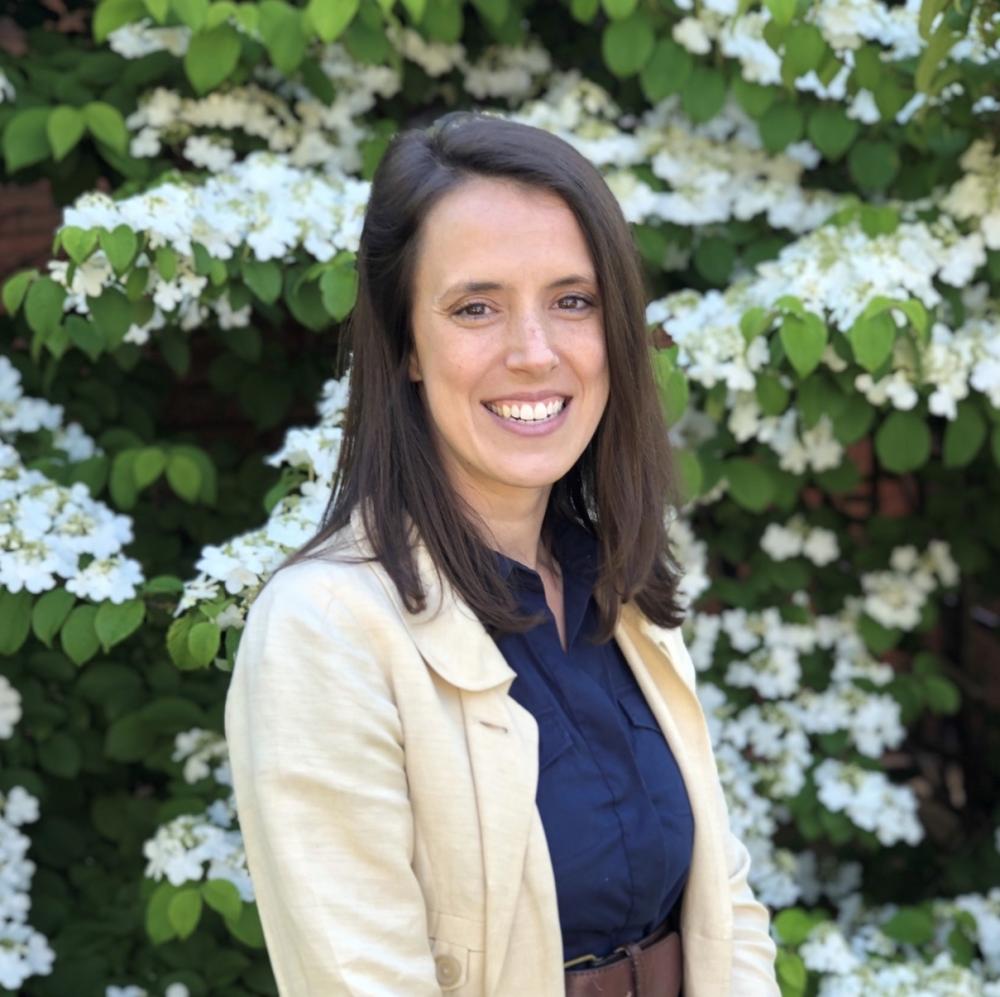
(Image: Lumin Osity/Unsplash)
The agricultural sector is a linchpin in global climate efforts, contributing a large percentage of global emissions and accounting for about 70 percent of global freshwater use. The need for an agricultural transition is urgent.
Regenerative agriculture has emerged as a holistic solution to reshape the sector, but so far, companies have not agreed on a set of measurable and actionable metrics to enable accountability. The World Business Council for Sustainable Development (WBCSD) is hoping to change that with an initiative to consolidate outcomes and metrics across farms, landscapes and the globe.
“Agriculture has breached planetary boundaries,” said Stefania Avanzini, director of the One Planet Business for Biodiversity initiative and agriculture and food pathway lead for WBCSD. “Companies are investing in the transformation of the agriculture value chain to create resilience and minimize supply chain disruptions. They are interested in a farming model that improves soil health, water-holding capacity and biodiversity. There’s a real need to transform our models and design agriculture that operates within planetary boundaries.”
Regenerative agriculture focuses on restoring soil health, increasing water retention, enhancing biodiversity and reducing nutrient run-off. It shifts away from traditional farming practices toward an outcomes-based model, prioritizing ecological and socioeconomic co-benefits. This shift is not merely an environmental imperative but also an economic one, Avanzini said. Research indicates that transitioning to regenerative practices can improve profitability for farmers by reducing costs and, in some cases, increasing revenues.
To drive the transition to regenerative agriculture, WBCSD collaborated with companies and organizations to identify key outcomes and metrics aligned with the United Nations Sustainable Development Goals — a globally shared blueprint for sustainable action.
“Regenerative agriculture can measure so many things, but we’ve boiled it down to key indicators where there’s scientific consensus,” Avanzini said. These include indicators like greenhouse gas emissions reduction, water efficiency, nitrogen use efficiency, and biodiversity enhancement.
These metrics are critical for aligning agricultural practices with global sustainability reporting frameworks. “We have aligned on metrics, and we need to harmonize on reporting practices and shift from practice to results,” Avanzini said.
But a significant challenge in scaling regenerative agriculture is the cost and complexity of measurement, reporting and verification.
“The cost of measurement is the biggest bottleneck for scale,” Avanzini said. Companies and farmers face hurdles in accessing scalable, cost-effective measurement, reporting, and verification solutions, and clear guidelines for reporting and verifying carbon sequestration and ecological benefits.
To bridge this gap, WBCSD is collaborating with multi-stakeholder initiatives like Regen10, which aims to create shared understanding and practical tools for farmers and businesses. It’s working to draft a framework to provide granular guidance on farm-level and landscape-level transformation.
“There’s a rising north star in agriculture about the positive impact that regenerative agricultural models should have,” Avanzini said. “This shared vision is crucial for aligning incentives, designing outcome-based policies and scaling investments.”
WBCSD also advocates for policy alignment with international frameworks to ensure consistency and drive broad-based adoption. "Legislation must adopt holistic, outcomes-based approaches that improve both socioeconomic impacts for farmers and environmental outcomes," Avanzini said.
The organization’s ultimate goal is to create a unified impact monitoring system that moves away from fragmented company-based certifications and toward a more widely adopted harmonized reporting system, Avanzini said. To achieve this, the right economic incentives must be in place.
There are disjointed financial offerings and incentives from various corporate and governmental sources, but it can be difficult for a farmer to understand which funds they can tap into to share the economic burden of transitioning to a regenerative approach, Avanzini said. “We are working on packaging solutions to create a one-stop shop for farmers,” she said. “The agricultural transition will only succeed if it economically benefits farmers.”
Looking ahead, Avanzini called for continued collaboration and advocacy: “I strongly advocate for policymakers to ensure that any upcoming legislation for nature restoration, carbon removal schemes, and the like align with international frameworks for reporting and adopt a holistic, outcomes-based approach. That is how to get the business community on hold. The agricultural transition will only be successful if it is holistic, improves socioeconomic impacts for farmers, and improves environmental outcomes.”

Mary Riddle is the director of sustainability consulting services for Obata. As a former farmer and farm educator, she is passionate about regenerative agriculture and sustainable food systems. She is currently based in Florence, Italy.














